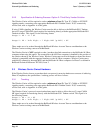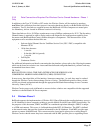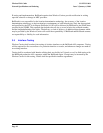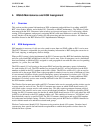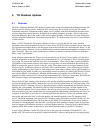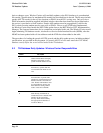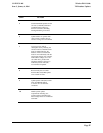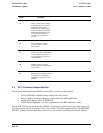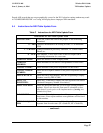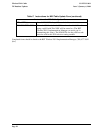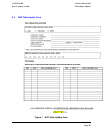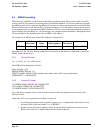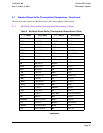
Wireless E911 Guide CG-EWCG-001
TN Database Updates Issue 3, January 6, 2004
basis as changes occur. Wireless Carriers will send daily updates to the E911 database via a mechanized
file transfer. Specifications for mechanized file transfer are described later in the tab. The file must include
pseudo-ANI TN records for the cell site locations or PSAPs in each E911 serving area. Only cell site or
PSAP information should be supplied, individual wireless subscriber data should not be provided unless
the service is provided to a fixed location. Pseudo-ANI numbers must be geographically valid for the
E911 selective routing tandem used to route calls to PSAPs. Prior to a new NXX being implemented,
the Wireless Carrier must furnish the NXX Table update form to the BST Wireless E911 Implementation
Manager. The form and instructions for its completion are included in this tab. The Wireless Carrier would
begin submitting TN database records, also known as Service Order Interface Records (SOIRs), after the
MSAG has been updated with cell site addresses and the NXXs have been added to the table.
The procedures for loading the pseudo-ANI TN records and the daily update process, including technical
specifications, are provided in this document. All pseudo-ANI TN records must match the E911 MSAG
database exactly before the record will be loaded to the TN database.
5.2 TN Database Daily Updates: Wireless Carrier Responsibilities
STEP ACTION
1 Obtain official NENA Company
Identifier and include on each
pseudo-ANI TN database record.
2 Include every pseudo-ANI TN
record within each E911 service
area.
3 Include blocks of pseudo-ANI
numbers for each antenna face (or
PSAP) to handle concurrent 911
calls. Pseudo-ANI numbers must
be geographically valid for the
E911 selective routing tandem
used to route calls to PSAPs.
4 Work directly with Intrado to
include the Carrier’s Pseudo-ANI
numbers in the appropriate
Security Tables and to identify
the appropriate E2 interface to
invoke for Phase 2.
Page 24



